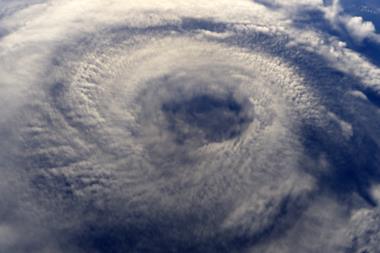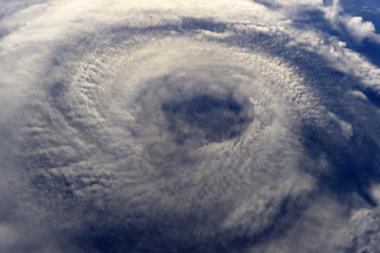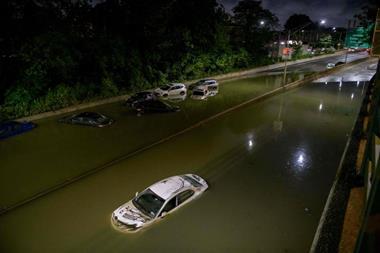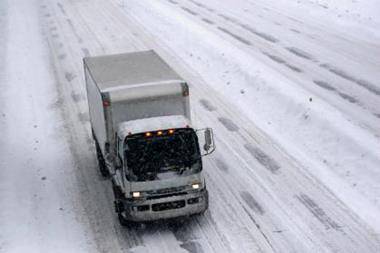Flooding has seen homes evacuated, businesses shut down and widespread power outages
Hurricane Ida is expected to generate significant economic and insured losses in Louisiana, but will be an earnings and not capital event for the industry, according to Fitch Ratings.
Ida, which slammed into the coast of Louisiana on Sunday in Port Fourchon as a Category 4 storm with 155 mile per hour winds (the 16-year anniversary of Hurricane Katrina), is the fifth-strongest storm to ever hit mainland US.
Levees failed or were overtopped along some rivers and bayous south of New Orleans but held up in the city, according to Louisiana Governor John Bel Edwards.
Edwards has requested a Presidential Major Disaster Declaration due to the severe impact from Hurricane Ida.
“Hurricane Ida is one of the strongest storms to ever hit Louisiana,” he said. ”This major disaster declaration will help Louisiana better respond to this crisis and protect the health and safety of our people, and I hope the White House will act quickly so we can begin getting additional aid and assistance to our people.”
It is the second consecutive year in which a hurricane came ashore in the state at a Category 4 intensity following Hurricane Laura in 2020.
Ida has since been downgraded to a tropical storm but the National Hurricane Centre warned that dangerous storm surges, damaging winds, and flash flooding would continue over portions of southeastern Louisiana and southern Mississippi.
Early estimates indicate a potential industry loss of $15 billion-$30 billion, well below the record $65 billion of insured losses from Hurricane Katrina in 2005, which had a much larger footprint.
However, Ida is likely to surpass winter storm Uri ($15 billion) as the largest industry event in 2021 and Hurricane Laura ($10 billion), which was the costliest insured catastrophe event of 2020.
With power outages, floods, impassable roads and rail networks impacted, production is likely to be disrupted for weeks, generating supply chain challenges. Moreover, the pandemic is expected to add an inflationary effect to the cost of rebuilding and restoration.
Entergy Louisiana indicates the catastrophic failure of the southeast Louisiana utility infrastructure will take weeks to months to recover.
Meaningful delays in recovery due to lack of power will likely escalate insured losses due to rainwater and flood intrusion for compromised structures and subsequent mold damage.
According to reinsurance broker Guy Carpenter, cascading disasters inclusive of wind, rain and storm surge historically drive an increase in repair costs, quantified by the surge in demand for laborers and materials. Compounding the traditional demand surge impacts are the following factors:
- Ingress/egress issues due to damaged or destroyed infrastructure and critical assets, including power, water and communications.
- Uninhabitable conditions in the regions of most severe wind and storm surge damage south and southwest of metropolitan New Orleans, LA.
- Inflationary pressures due to continued supply chain dislocations from COVID-19 as well as rail, road, aviation and fuel shortage disruptions.
- Historic highs in COVID-19 infections and hospitalisations across Louisiana due to the recent surge of the Delta Variant of COVID-19, and
- Energy infrastructure disruption and damage, both onshore and offshore, will likely have knock in effects to delay economic recovery.




















No comments yet